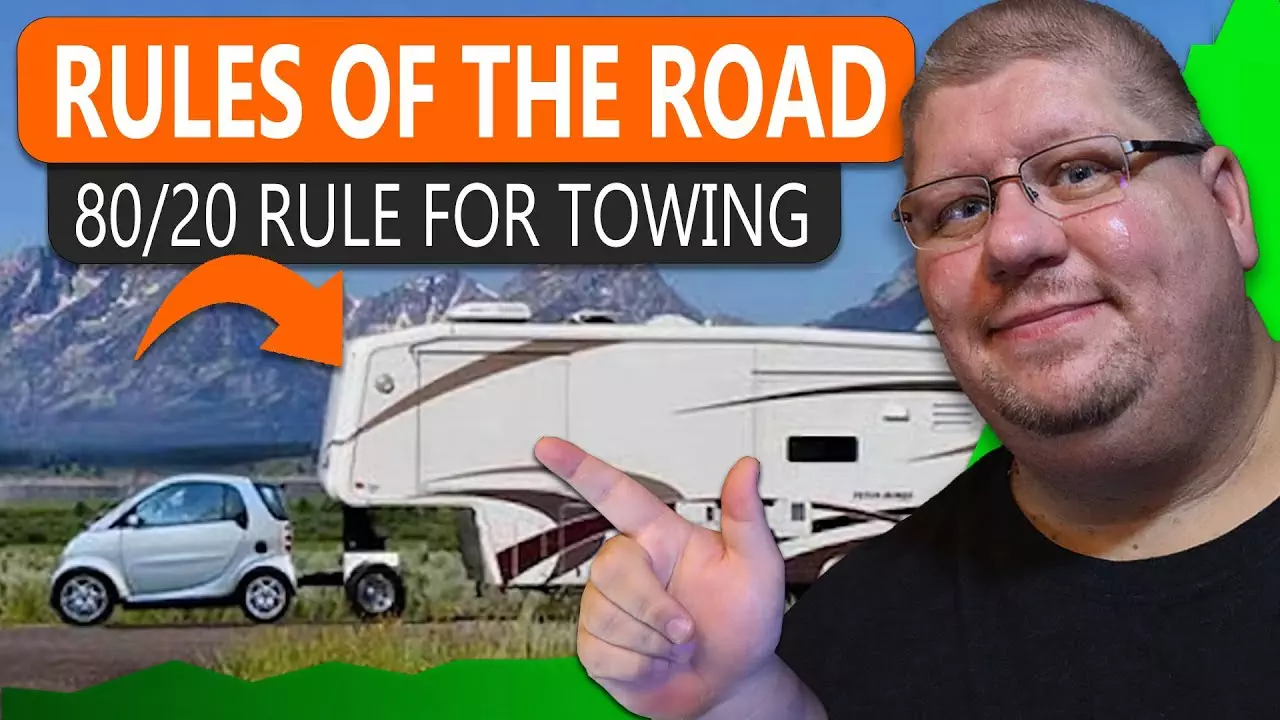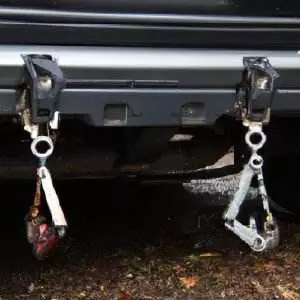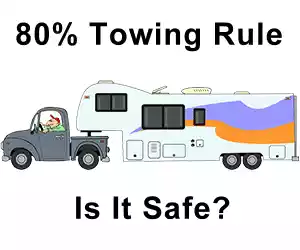What exactly is this 80% rule for towing? Well, let us shed some light on the topic. The 80% rule for towing is a general guideline that suggests you should not exceed 80% of your vehicle’s maximum towing capacity. So, if your car can tow a maximum weight of 5,000 pounds, it is typically recommended that you stay within the range of 4,000 pounds or below.
Adhering to this rule can help ensure safer and more efficient towing experiences. When you stay within 80% of your towing capacity, you allow some margin for unexpected situations, such as uphill climbs or sudden braking. This precautionary measure helps maintain better control of your vehicle, avoid excessive strain on the engine and transmission, reduce wear and tear, and improve overall safety on the road. So, next time you plan a towing adventure, remember the 80% rule and tow with confidence!
Understanding Towing Capacities and the 80% Rule
Overview of Towing Capacities
When it comes to towing, understanding the capabilities of your vehicle and the weight limits it can handle is of utmost importance. Towing capacity refers to the maximum weight a vehicle can safely tow without causing damage to its engine, transmission, or other critical components. Each vehicle has its own specific towing capacity, which is determined by its structural design, engine power, and other relevant factors.
Explanation of the 80% Rule
The 80% rule for towing is a guideline recommended by experts to ensure safe and efficient towing. According to this rule, it is advisable to never exceed 80% of your vehicle’s maximum towing capacity. By leaving a margin of 20% below the maximum limit, you allow for better stability, control, and braking while towing. This rule accounts for factors such as unexpected weight shifts, uphill gradients, wind resistance, and emergency braking situations.
Importance of the 80% Rule
Adhering to the 80% rule is crucial for several reasons. Firstly, it helps to prevent overloading your vehicle and placing excessive strain on its engine and transmission. By staying within the recommended towing capacity, you reduce the risk of mechanical failures and prolong the lifespan of your vehicle.
Moreover, the 80% rule enhances safety on the road. It provides a buffer in case of emergencies or unexpected situations, allowing you to maintain better control over your vehicle while towing. Additionally, it minimizes the potential for accidents caused by unstable loads or inadequate braking power.
Factors Affecting Towing Capacities
Vehicle Specifications
The towing capacity of your vehicle depends primarily on its specifications. Factors such as the engine size, transmission type, axle ratio, and suspension system play a significant role in determining how much weight your vehicle can safely tow. It is essential to consult your vehicle’s owner’s manual or contact the manufacturer for accurate information regarding its towing capacity.
Trailer Specifications
The specifications of the trailer you plan to tow also influence the overall towing capacity. The weight, size, and design of the trailer, including its aerodynamics, affect the amount of strain it puts on your vehicle. It is crucial to match the trailer’s weight to your vehicle’s towing capacity to ensure a safe and smooth towing experience.
Weight Distribution
Proper weight distribution is key to maintaining stability while towing. Incorrect weight distribution can lead to swaying, loss of control, and potential accidents. It is advisable to distribute the weight evenly on both the vehicle and trailer, while also ensuring that the towed load does not exceed the maximum tongue weight specified by the manufacturer. Properly balanced weight distribution will optimize handling and braking performance.
Hitch Type
The type of hitch you use also impacts your vehicle’s towing capacity. Different hitch types, such as bumper-mounted hitches, gooseneck hitches, and fifth-wheel hitches, have varying weight ratings. It is crucial to select a hitch that matches your vehicle’s towing capacity and the type of trailer you intend to tow.
Driving Conditions
The driving conditions you encounter while towing can affect your vehicle’s towing capacity. Factors such as steep gradients, extreme weather conditions, and high winds can increase the strain on your vehicle and reduce its towing capabilities. It is essential to be aware of these conditions and adjust your driving techniques accordingly to ensure a safe towing experience.

This image is property of fifthwheelst.com.
Calculating Towing Capacity and the 80% Limit
Determining the Vehicle’s Maximum Towing Capacity
To determine the maximum towing capacity of your vehicle, you need to refer to the manufacturer’s specifications. These can usually be found in the vehicle’s owner’s manual or obtained from the manufacturer directly. It is important to note that the towing capacity may vary depending on the model, trim level, and additional equipment installed in the vehicle.
Applying the 80% Rule: Calculation Example
Let’s consider an example to understand how the 80% rule works. Suppose your vehicle has a maximum towing capacity of 5,000 pounds. To determine the recommended towing limit according to the 80% rule, you would multiply the maximum towing capacity by 0.8 (80%). In this case, the recommended towing limit would be 4,000 pounds. By staying within this limit, you ensure better stability, control, and braking performance while towing.
Safety Considerations
Effect of Exceeding Towing Capacity
Exceeding your vehicle’s towing capacity can have severe consequences. It places excessive strain on your engine, transmission, suspension, and braking system, potentially leading to premature wear and failure of these components. The added weight can also negatively affect your vehicle’s handling, causing instability and difficulty in maneuvering.
Risk Factors and Potential Hazards
Failing to adhere to the 80% rule and proper weight distribution can result in several hazards. Overloaded trailers may sway or fishtail, making it difficult to maintain control of your vehicle. Uneven weight distribution can cause uneven tire wear and affect braking efficiency, increasing the risk of accidents. Additionally, exceeding towing capacity may void your vehicle’s warranty and result in potential legal consequences.
Importance of Proper Load Distribution
Proper load distribution is crucial for towing safety. Unevenly distributed weight can lead to imbalanced loads, increasing the risk of trailer sway, loss of control, and accidents. It is essential to place heavier items toward the front of the trailer, evenly distributed from side to side, and secure the load to prevent shifting during transit.
Braking System Requirements
When towing near or at your vehicle’s maximum capacity, it is important to ensure that your braking system can handle the additional load. Upgraded brakes or a trailer brake controller may be necessary to maintain Adequate stopping power. Consult the manufacturer’s recommendations to determine the appropriate braking system for your towing setup.
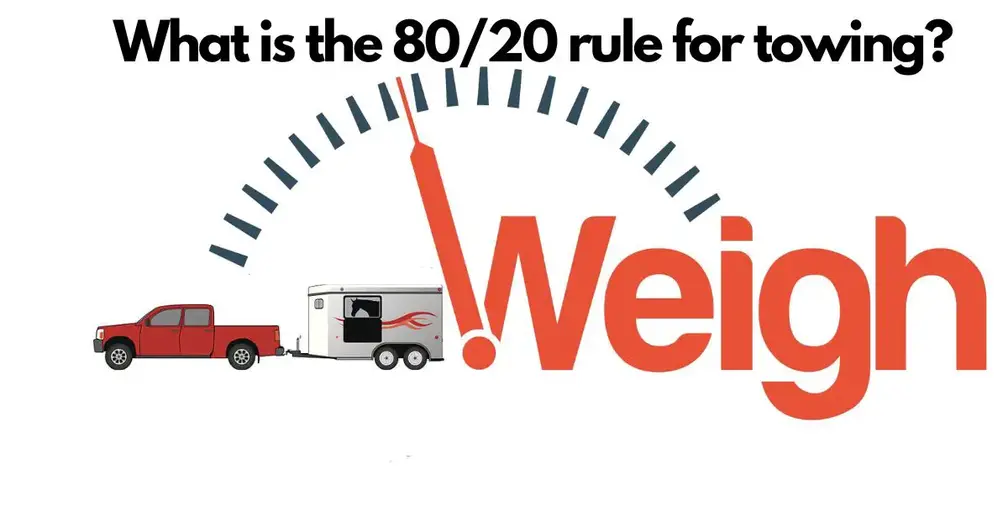
This image is property of thecartowing.com.
Towing Equipment
Choosing the Right Trailer Hitch
Choosing the right trailer hitch is crucial for safe and efficient towing. Consider factors such as your vehicle’s towing capacity, the type and size of the trailer, and any unique requirements such as weight distribution or towing height. Consult with a reputable hitch dealer or a professional to find the correct hitch that suits your specific towing needs.
Understanding Weight Ratings and Classes
Trailer hitches are classified into different weight ratings and classes to match various towing capacities. It is important to understand these classifications and select a hitch that aligns with your vehicle’s towing capacity. Class I hitches are designed for lighter loads, while Class V hitches are capable of towing heavy-duty trailers. Ensure that the hitch you choose meets or exceeds your towing requirements.
Additional Towing Accessories
In addition to a trailer hitch, there are various towing accessories that can enhance your towing experience. These may include weight distribution systems, sway control devices, and trailer brakes. These accessories provide added stability, control, and braking power, making your towing journey safer and more comfortable.
Legal Requirements and Regulations
Towing Laws and Regulations
When towing, it is essential to familiarize yourself with the towing laws and regulations in your region. These laws govern aspects such as towing speed limits, equipment requirements, and trailer dimensions. Adhering to these laws ensures that you comply with safety standards and avoid legal repercussions.
Licensing and Certification
Depending on the weight and type of trailer you plan to tow, you may require additional licensing or certification. Commercial drivers or those operating larger trailers may need specific endorsements on their driver’s licenses or specialized certifications. It is crucial to check with your local transportation authority to ensure compliance with the necessary requirements.
Insurance Considerations
Towing may have implications for your insurance coverage. It is advisable to inform your insurance provider about your towing activities to determine if additional coverage is required. This can help protect you financially in case of accidents or damage caused while towing. Review your insurance policy and consult with your provider to ensure adequate coverage for towing.
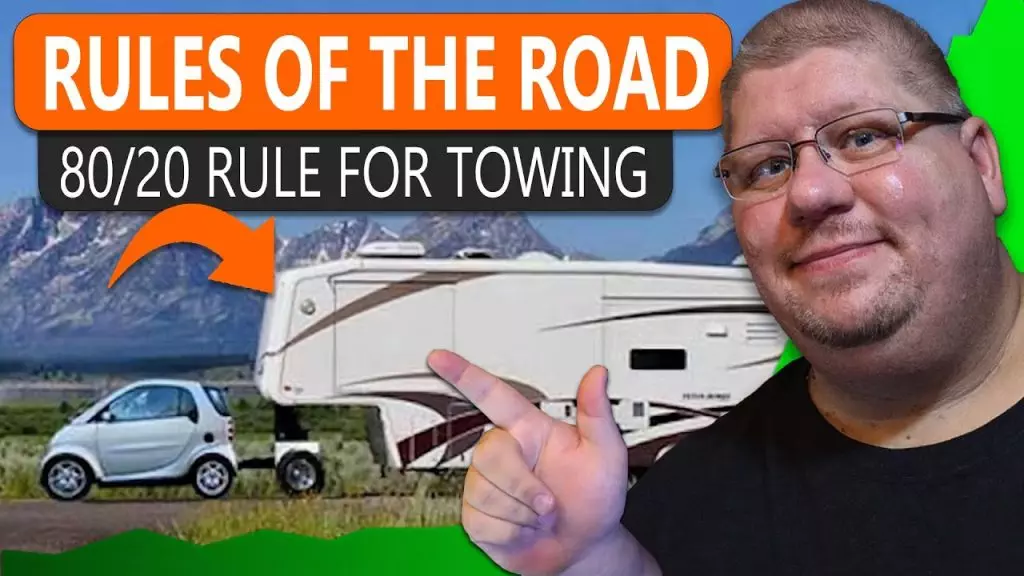
This image is property of i.ytimg.com.
Tips for Safe and Efficient Towing
Pre-Trip Inspection Checklist
Before embarking on a towing journey, it is essential to perform a thorough pre-trip inspection. This includes checking the tire pressure, braking system, lights, mirrors, and ensuring the load is properly secured. It is also recommended to review the trailer’s condition for any signs of wear or potential issues. A comprehensive inspection helps identify and address any potential problems that may compromise the safety of your towing experience.
Driving Techniques and Best Practices
When towing, it is important to adopt appropriate driving techniques to enhance safety and efficiency. Maintain a safe following distance, as towing increases the required stopping distance. Be conscious of your speed and adjust it based on the conditions and the weight being towed. Smooth and gradual acceleration and braking can help maintain stability and prevent sway. Additionally, always use your vehicle’s rearview mirrors and, if available, consider installing additional towing mirrors for better visibility.
Maintenance and Care for Towing Vehicles
Regular maintenance and care for your towing vehicle are vital for its longevity and optimal performance. This includes following the manufacturer’s recommended maintenance schedule, checking and replacing fluids as needed, and ensuring proper tire inflation and tread depth. Regular inspections of the towing equipment, such as the hitch, trailer connections, and electrical systems, can help detect and address any potential issues promptly.
Common Mistakes to Avoid
Overloading the Trailer
One common mistake when towing is overloading the trailer. Exceeding the towing capacity or failing to distribute the weight properly can lead to unstable towing conditions and put undue strain on your vehicle. Always double-check the weight limit specified for your vehicle and ensure load distribution is appropriately balanced.
Neglecting Regular Maintenance
Neglecting regular maintenance of your towing vehicle can lead to unexpected breakdowns and compromised safety. Regularly check and maintain fluids, brakes, tires, and other critical components to ensure optimal performance when towing. Ignoring maintenance requirements can increase the risk of accidents and result in costly repairs.
Improper Weight Distribution
Failure to distribute the weight properly on the tow vehicle and trailer is a significant error to avoid. Uneven weight distribution can cause the trailer to sway, negatively impact braking performance, and compromise the overall stability of your towing setup. Utilize weight distribution systems as necessary and follow manufacturer guidelines to achieve the recommended weight distribution for your specific vehicle and trailer combination.

This image is property of rvownerhq.com.
Towing Resources and Expert Advice
Online Towing Capacity Calculators
Online towing capacity calculators are valuable tools that can assist you in determining the towing capacity of your vehicle. These calculators often require you to input specific vehicle and trailer details, helping you calculate the appropriate towing limits and ensuring adherence to the 80% rule. Make use of reliable and accurate calculators to obtain precise information for your towing needs.
Consulting Towing Specialists and Mechanics
For more personalized advice and guidance, consider consulting with towing specialists or mechanics who have extensive experience in the field. They can offer valuable insights on vehicle capabilities, towing setups, and recommend suitable equipment based on your specific requirements. Their expertise can help you make informed decisions and ensure a safe and successful towing experience.
Joining Towing Communities
Joining towing communities or online forums can provide you with a wealth of knowledge and support from fellow towing enthusiasts. These communities offer a platform for sharing experiences, tips, and recommendations related to towing. Engaging with like-minded individuals can expand your understanding of towing capacities, equipment, and best practices, giving you a broader perspective on safe and efficient towing.
In conclusion, understanding towing capacities and adhering to the 80% rule are essential for safe and efficient towing. By considering factors such as vehicle and trailer specifications, weight distribution, and driving conditions, you can ensure optimal performance while minimizing the risk of accidents and mechanical failures. By following safety guidelines, selecting suitable towing equipment, and complying with legal requirements and regulations, you can enjoy a positive towing experience that prioritizes both your safety and the well-being of your vehicle.
Remember, when it comes to towing, safety should always be the top priority. Proper planning, meticulous attention to detail, and continuous education are key to becoming a responsible and knowledgeable tower. So, before you hitch that trailer, take the time to understand your vehicle’s capabilities, calculate the correct towing capacity, and follow the 80% rule. Happy and safe towing!
